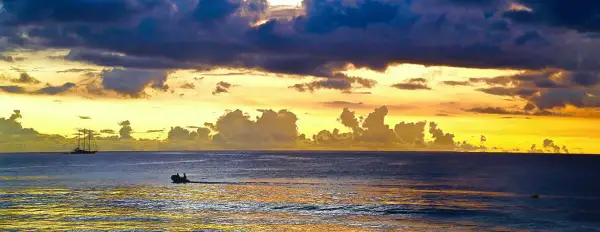Tourcode: MCIO
- Overview
- Info & Inclusions
- Itinerary
- Map & Hotels
- Photos
- Dates & Prices
- Max Group Size 16
- Vallée de Mai on Praslin, home to the extraordinary Coco-de-Mer palm
- Dramatic cirques and Piton de la Fournaise volcano on Reunion
- Madagascar's Nosy Be with endemic lemurs and chameleons
- Nairobi National Park wildlife sanctuary
- Remote Moheli island where sea turtles nest nightly
- Grande Comore's ancient baobab trees and volcanic crater lakes
- Singles friendly (view options for single travellers)
A major highlight is the Seychelles archipelago—featuring the legendary Vallée de Mai where the extraordinary Coco-de-Mer palm grows naturally, the sculptured granite shores of Anse Source d'Argent, and pristine marine sanctuaries where Hawksbill turtles nest. We explore Mauritius's volcanic heart with its sacred crater lakes and seven-coloured earth at Chamarel, visit the dramatic cirques and active Piton de la Fournaise on Reunion, and venture to Madagascar's perfumed island of Nosy Be where lemurs thrive in rainforest reserves accessible only by sea.
The journey continues through Nairobi's wildlife sanctuaries before reaching the remote Comoros archipelago, where Arabic trading heritage blends with African traditions in Moroni's narrow medinas and untouched Moheli—where sea turtles lumber onto moonlit beaches to nest. We witness lava flows building new land on Reunion's wild southern coast and discover ancient baobab trees on Grande Comore's volcanic shores.
The tour concludes with Grande Comore's dramatic crater lakes, offering a richly rewarding Indian Ocean experience that reveals why these remote paradises serve as crucial refuges for biodiversity and cultural authenticity.
- MealsSavour authentic flavours with included daily breakfasts and dinners at hotels or handpicked local restaurants—immersing you in local cuisine without worrying about reservations or budgets.
- Transport & Logistics
Private air-conditioned coaches and included internal ferries and flights—ensuring hassle-free travel so you can focus entirely on the discoveries ahead.
"Adventures Abroad tour leader's management and guest services managed the tour with great skill and dedication. The tour leader was on top of every move and transfer. We have not experienced any issues with logistics and had a great time."
~ JULIA O"The tour leader did an excellent job coordinating some difficult travel logistics, power outage issues and resolving problems and dealing with guests who had unrealistic expectations."
~ CYNTHIA COLLINS - Expert Guidance
Unlock insider secrets at every landmark with your full-time Tour Leader and expert local guides , all gratuities covered—no hidden tipping surprises—so you immerse fully in your destination's stories, worry-free. (Except for the tips to your tour leader at the end of your tour.)
"Amazing tour guide. Our tour guide was very well organized, Her passion, knowledge, and enthusiasm completely transformed the travel experience into something truly unforgettable..."
~ MELANIE LEMAIRE"Highly recommend every trip with Adventures Abroad. It's a well organized and well thought out adventure. The tour leaders are friendly, knowledgeable and experienced professionals. Highly recommend this company."
~ SUSAN WALL - Sightseeing & EntrancesAll entrance fees for sites visited as per the itinerary—no hidden costs—so you can explore ancient ruins and excursions with complete peace of mind.
- AccommodationsUnwind in clean, well-located 3 to 4-star hotels with private en suite facilities—handpicked for comfort and convenience after each day's discoveries—so you can rest easy knowing your stay supports the real adventure, not steals the spotlight.
- Small Group
Discover the world in small groups of up to 16 travellers plus your expert Tour Leader—unlocking spontaneity, off-the-beaten-path adventures, and genuine connections at a relaxed pace, free from crowds.
"Looking Forward to My Next Adventure The best feature of the Adventures tour was the small size that allowed the group to quickly load up, let everyone get acquainted within the first 24 hours, capitalize on unplanned surprises along..."
~ PHILIP BLENSKI"Good value for a great time I have traveled with Adventures Abroad for over 20 years now. Well thought out, interesting itineraries and the other travelers congenial and friendly. The price always seems fair and overall a..."
~ Trusted Customer - Airport Transfers For Land & Air CustomersWe handle hassle-free airport transfers for all our land and air tour customers—plus early arrivals or late departures when you book extra hotel nights directly with us for added peace of mind.
- International airfare to/from the tour.
- Tour Leader gratuities, lunches, drinks, personal items (phone, laundry, etc), international (if applicable) and domestic air taxes, and any excursions referenced as 'optional'.
- Airport transfers for Land Only customers.
- Optional trip cancellation insurance.
- Seasonality and Weather:
Our May and September tour dates coincide with the best times to visit the region on average, avoiding monsoon seasons when heavy rainfall and winds can impact travel. These shoulder months offer generally favourable conditions across multiple climatic zones, from the tropical warmth of the Seychelles and Mauritius to the highland climates of Reunion's mountain cirques.
Expect warm to hot temperatures with moderate humidity throughout most destinations. All locations are known for heat and humidity even during optimal seasons, though Reunion's higher elevations provide cooler respites. The dry season timing minimizes rainfall disruptions while maximizing wildlife viewing opportunities and comfortable conditions for walking tours and outdoor exploration. Ocean conditions remain generally calm for boat excursions and marine wildlife encounters. - Transport and Travel Conditions:
Our inter-island travel relies on scheduled local carriers (Air Seychelles, Air Mauritius, Air Madagascar, Kenya Airways), whose schedules may change at any time. While we deliver programs whose integrity remains intact, flexibility is essential as alterations may occur at late notice.
Madagascar: Transportation throughout is by 20-24 seat bus (smaller if group size warrants). Roads are generally poor, with some particularly challenging. Though vehicles are maintained in excellent condition, punctures and weather may cause delays requiring patience.
Other Islands: Local ground transport via medium-size bus, mini-van, taxi, local ferry and water taxi. On Moheli, roads are very poor and travel is slow—cars and mini-vans provide all transfers and sightseeing as no bus transport exists.
Nairobi: Modern safari vehicles for wildlife viewing in Nairobi National Park.
Physical Demands: This ambitious itinerary requires steady mobility and independence with luggage at airports (hotel porters available). Walking tours are leisurely, but expect to be on your feet for several hours. Flight connections may occur at inconvenient times. A reasonable level of physical fitness ensures full enjoyment of all activities.
The tour's Activity Level 2 rating reflects its ambitious nature, the possibility of heat at all locations, remoteness of some destinations, and the basic nature of some accommodation. The rewards—pristine wildlife encounters, dramatic volcanic landscapes, and authentic island cultures untouched by mass tourism—make this journey deeply memorable for those prepared for its logistical complexity.
PLEASE NOTE: Due to the complicated nature of this itinerary, we regret that we are not able to offer custom/private tour services for this program.
Am I suitable for this tour? Please refer to our self-assessment form - Activity Level: 2
These are particularly busy tours that feature a lot of moving around, sometimes by train and short journeys on local transport. Walking tours of towns and cities are leisurely but you should be prepared to be on your feet for several hours. Some of our cultural trips that occur at high altitude and/or require greater independence with baggage handling (at hotels, airports, train stations) also fall into this category.
To learn more about the Activity levels, please visit our tour styles page. - Accommodation:
Well-located, comfortable 3-5 star hotels on all islands, selected for their accessibility to key attractions and local character. Properties feature air conditioning, modern amenities, and dining facilities. - Staff and Support:
Tour Leader throughout, drivers, & local guides at various locations. - Group Size:
Maximum 16 plus Tour Leader
- Day 1:Arrival in SeychellesA thousand miles from the African coast, seemingly forgotten in the vast expanse of the Indian Ocean, more than 115 islands comprise the Seychelles Archipelago. As we arrive at Mahé, the largest of these granite jewels, we step into a world where swaying palms frame deep, crystalline lagoons and wildlife thrives as it has for centuries.
This comparatively young nation traces its first permanent settlement to 1770, when French colonists established themselves on these remote shores. The islands' strategic position along ancient trade routes attracted a remarkable diversity of peoples—freed slaves, European adventurers, Arab and Persian traders, Chinese merchants, and Indian settlers—all contributing to the vibrant multicultural tapestry we encounter today.
The 86,000-strong Seychellois population continues to reflect this multicultural heritage, speaking Creole, French, and English with equal fluency. As we settle into our accommodation, the gentle rhythm of island life begins to work its magic—a pace unchanged for generations, where the natural world still dictates the tempo of daily existence.
Overnight in Mahé, Seychelles
Included Meal(s): Dinner, if required - Day 2:Seychelles: Victoria & Mahe Island TourWe begin our exploration in Victoria, affectionately known as "the world's smallest capital," where the aromatic spices and brilliant colours of the central market create an immediate sensory immersion into Seychellois life. Stalls overflow with freshly caught fish, tropical fruits that exist nowhere else on Earth, and the herbs that have seasoned local cuisine for generations.
The small National Museum provides fascinating insights into the complex layers of island history, from the ecological evolution that created unique endemic species to the cultural fusion that defines modern Seychelles. We then discover the century-old Botanical Gardens, one of the nation's oldest monuments, where five acres of meticulously maintained tropical paradise showcase mature exotic plants alongside species found nowhere else on the planet.
As we journey around Mahé, the landscape reveals its extraordinary diversity. Lush vegetation carpets the mountainsides, where plantations of coconut palms and cinnamon trees thrive in the fertile volcanic soil. The spectacular Sans Souci road leads us to the ruins of Mission Lodge, once home to schools for freed slave children—a poignant reminder of the island's complex colonial history.
The magnificent Morne Seychellois National Park encompasses an impressive 20% of Mahé's land area, protecting habitats that range from coastal mangroves to the country's highest peak. Here, working plantations continue to cultivate the spices, tropical fruits, and essential oil plants that have sustained islanders for centuries, their terraced gardens creating a living museum of traditional Seychellois agriculture.
Overnight in Mahé, Seychelles
Included Meal(s): Breakfast and Dinner - Day 3:Seychelles: Full Day Praslin Island & La Digue Island TourWe set sail across the crystalline waters to explore two of the archipelago's most enchanting islands. Praslin, pronounced "Prah-lin," awaits us after a scenic ferry journey, revealing why these islands were once described as Earth's original Garden of Eden.
Our destination is the legendary Vallée de Mai Nature Reserve, a UNESCO World Heritage Site that protects the only place on Earth where the extraordinary Coco-de-Mer palm grows naturally. These remarkable trees produce the longest leaves and largest, heaviest seeds in the plant kingdom—some weighing up to 20 kilograms. As we walk beneath the high-canopied primeval forest, we listen for the distinctive call of the rare Black Parrot while endemic palm species and Seychelles flying foxes populate this magical valley.
The coastal drive to Anse Lazio reveals why this beach consistently ranks among the world's finest. Massive granite boulders, sculpted by millions of years of wind and waves, create a stunning natural gallery where we pause to appreciate these ancient geological masterpieces.
Our afternoon ferry to La Digue transports us to an island where time moves at nature's pace. Here, ox-carts and bicycles navigate narrow roads beneath towering palms, and the majestic plantation house at L'Union Estate stands as testimony to colonial elegance. But the true revelation awaits at Anse Source d'Argent—one of the world's most photographed beaches, where perfect white sand meets sculptured granite in a composition that has inspired countless artists and dreamers.
Overnight in Mahé, Seychelles
Included Meal(s): Breakfast and Dinner - Day 4:Seychelles: Day Cruise of Mahe Island's CoastThe northeast coast of Mahé unfolds before us as we board our catamaran for a journey along shores that have remained virtually unchanged for centuries. Our vessel skirts the reef edge, providing spectacular vantage points of a coastline once frequented by pirates who would careen their ships in these protected waters to stock provisions and repair their vessels.
We sail past majestic granite boulders and unspoiled coves that serve as the last remaining nesting beaches on Mahé for the critically endangered Hawksbill turtle. These ancient mariners have returned to these same shores for millennia, their survival now dependent on the careful protection of these pristine coastal habitats.
As we anchor for our onboard barbecue lunch, the turquoise waters of Sainte Anne Marine National Park stretch around us—the first marine protected area established in the Indian Ocean in 1973. This pioneering conservation effort safeguards coral gardens and fish populations that represent some of the most pristine marine ecosystems remaining in the western Indian Ocean.
The gentle trade winds that have guided sailors across these waters for centuries may inspire our captain to raise the sails, taking us further from shore where we can truly appreciate the vastness of the Indian Ocean. From this perspective, we understand why early explorers described these islands as emerald jewels scattered across an endless blue canvas, their isolation creating the perfect conditions for the unique wildlife and cultures we've been discovering.
Overnight in Mahé, Seychelles.
Included Meal(s): Breakfast and Lunch - Day 5:Seychelles - Fly to MauritiusWe bid farewell to the granite peaks of Seychelles as we fly southwest to Mauritius, an island born from volcanic fire and shaped by the cultural currents of the Indian Ocean. Surrounded by coral reefs and fringed with coconut palms and casuarina trees, Mauritius emerges from the tropical sea as a garden paradise where swaying sugar cane fields create a green tapestry across the landscape.
This remarkable island remained uninhabited until Portuguese explorers arrived in the early 1500s, finding no indigenous population but a unique ecosystem that had evolved in splendid isolation. Arab sailors during the Middle Ages had named it Dina Arobi, but it was the Dutch who first settled here in 1598, followed by the French in 1715, and finally the British in 1810 during the Napoleonic Wars.
Mauritius achieved independence in 1968, becoming a republic within the Commonwealth in 1992, but its greatest wealth lies in the extraordinary cultural fusion that defines modern Mauritian society. The island's strategic position on ancient trade routes brought together African, European, Indian, and Chinese influences, creating a vibrant multicultural nation where Tamil temples stand beside Catholic churches, and Chinese pagodas share neighbourhoods with Islamic mosques.
The volcanic origin of Mauritius, combined with its age and isolation, created perfect conditions for an remarkable diversity of flora and fauna. Before human arrival, the absence of terrestrial mammals allowed the evolution of unique flightless birds and large reptile species, though sadly, the famous dodo became extinct shortly after European colonization.
Overnight in Port-Louis, Mauritius.
Included Meal(s): Breakfast and Dinner - Day 6:Mauritius: Port Louis & Pamplemousses City TourPort-Louis springs to life around us as we explore the capital city constructed in 1735 by the visionary French governor Mahé de Labourdonnais. This vibrant metropolis blends the island's colonial past with its dynamic present, creating a rainbow of cultures, religions, and traditions nestled between the ocean and the dramatic Port Louis Moka Range.
The Blue Penny Museum reveals the fascinating story of Mauritius through antique maps, photographs, and engravings spanning different historical periods. The crown jewel of the collection—the legendary 1847 Blue Penny and Red Penny stamps—represents one of philately's greatest treasures, purchased for $2 million in 1993 and triumphantly returned to Mauritius after nearly 150 years abroad.
We explore the bustling harbour and immerse ourselves in the sensory explosion of Port Louis market, where the aroma of exotic spices mingles with the calls of vendors selling everything from tropical fruits to handcrafted souvenirs. The Caudan Waterfront showcases the city's maritime heritage, while Mauritian Chinatown tells the story of Chinese immigrants who brought their traditions and cuisine to enrich the island's cultural tapestry.
The UNESCO World Heritage site of Aapravasi Ghat provides a poignant connection to Mauritius's complex history as the Immigration Depot where indentured labourers from India disembarked. This "Landing Place of Immigrants" represents the arrival point for ancestors of more than 70% of today's Mauritian population. Our day concludes at the world-renowned Pamplemousses Botanical Gardens, the oldest in the Southern Hemisphere, where 85 varieties of palms from around the world create a living museum of botanical diversity.
Overnight in Port-Louis, Mauritius.
Included Meal(s): Breakfast and Dinner - Day 7:Mauritius: Full Day Island TourThe volcanic heart of Mauritius reveals itself as we journey to Grand Bassin, a sacred crater lake nestled deep in the island's mountainous interior. For Mauritians of Hindu faith, this tranquil water represents a direct spiritual connection to the holy Ganges of India, with temple ceremonies conducted on shores that rest within an extinct volcano's embrace.
We traverse the Black River Gorges National Park, the island's sole national park encompassing over 6,500 hectares of native forest. This precious remnant of Mauritius's original ecosystem protects endemic plant species found nowhere else on Earth, their survival dependent on this carefully maintained sanctuary in the island's hilly southwest region.
The geological wonder of Chamarel awaits—the famous "seven-coloured earth" that creates one of the island's most photographed landscapes. This undulating mound stretches in contrasting bands of red, brown, violet, green, blue, purple, and yellow, believed to result from the weathering of volcanic rocks containing different mineral compositions. The phenomenon defies explanation, as the colours naturally separate even when mixed together.
Our exploration culminates at Le Morne Brabant, a UNESCO World Heritage site that rises dramatically from the island's southwestern peninsula. This rugged mountain served as a refuge for runaway slaves during the 18th and early 19th centuries, its isolated cliffs and hidden caves providing sanctuary for those seeking freedom. The Le Morne Cultural Landscape stands as a powerful symbol of resistance and the struggle for human dignity, its windswept summit bearing witness to stories of courage and hope.
Overnight in Port-Louis, Mauritius.
Included Meal(s): Breakfast and Lunch - Day 8:Mauritius - Fly to Saint-Denis, Reunion: Afternoon Walking TourWe fly to the French territory of Reunion, a ruggedly beautiful island where wild, dramatic landscapes showcase the raw power of volcanic creation. Sandwiched between Mauritius and Madagascar, Reunion maintains a resolutely French identity while embracing the cultural melting pot that defines the Indian Ocean region.
Portuguese explorers first discovered this uninhabited island around 1507, though Swahili or Malay sailors may have visited earlier. Three massive cirques—steep bowl-shaped amphitheatres carved by ancient volcanic activity—dominate the topography, creating landscapes similar to Hawaii, as both islands sit above hotspots in Earth's crust.
Saint-Denis, the capital of this French overseas département, welcomes us with its unique blend of French colonial architecture and tropical vitality. Situated in a basin at the mouth of the Saint-Denis River, the city occupies a dramatic setting wedged between ocean and mountains, its population reflecting the island's complex cultural heritage.
We begin our discovery at the historic Jardin de l'État, botanical gardens established in 1773 by the East India Company as the island's first zoological gardens. These historic grounds now showcase Reunion's exquisite tropical flowers and endemic plants, many found nowhere else on Earth.
Our afternoon walking tour along Rue de Paris reveals architectural treasures including the elegant Hôtel de Ville, considered the city's most beautiful building, and the Cathedral of Saint-Denis. The Prefecture, begun in 1735 as East India Company headquarters, stands as testimony to the island's colonial past, while splendid Creole houses display their characteristic varangues (verandas) and intricate lambrequins (carved wooden cornices).
Overnight in Saint-Denis, Reunion.
Included Meal(s): Breakfast and Dinner - Day 9:Reunion: Saint-Denis - Piton Maido - CilaosReunion Island's remarkable cultural fusion—French, African, Indian, and Chinese influences—creates a society where French and Creole languages blend naturally, and Roman Catholicism coexists respectfully with Buddhism and Islam. This multicultural harmony defines daily life as we journey into the island's dramatic interior.
Our route takes us along the coastal highway before ascending toward the mountain towns that represent Reunion's geological heart. The landscape transforms continuously—charming villages give way to acacia and tamarind forests, then to steep cliffs offering increasingly spectacular views. The UNESCO World Heritage-designated National Park encompasses over 40% of the island, recognized for both its exceptional biodiversity and stunning natural beauty.
Piton Maido provides our first breathtaking encounter with the cirque Mafate, thousands of hectares of virtually untouched wilderness stretching below us. This remarkable cirque houses only 700 residents in 15 small villages, accessible solely by foot or helicopter, creating a paradise for hikers and nature enthusiasts. Weather permitting, we glimpse Piton des Neiges—the "Peak of the Snows"—the highest mountain in the Indian Ocean, its summit occasionally dusted with frost despite the tropical latitude.
We descend toward the coast before ascending again to Cirque de Cilaos, located in the island's geographic heart. The name derives from the Malagasy word "Tsilaosa," meaning "the place one never leaves"—a sentiment that becomes immediately understandable as we witness this spectacular landscape. The journey through 400 curves and numerous tunnels reveals why this cirque remained isolated for so long, its 1,200-metre-deep volcanic crater measuring 100 square kilometres of grandiose peaks, deep ravines, and fairy-tale forests.
Overnight in Cilaos, Reunion.
Included Meal(s): Breakfast and Dinner - Day 10:Cilaos and the Wild SouthWe descend from the mountain sanctuary of Cilaos toward Reunion's legendary "Wild South," where lush vegetation and dark green forests create a striking contrast against the azure ocean. This region embodies the unhurried way of life that defines authentic Reunion, where volcanic slopes meet stunning beaches and country roads wind through landscapes that seem frozen in time.
Our exploration encompasses the entire southern region, from the pristine white sand beaches of Grand Anse to the southeastern slopes of the mighty Piton de la Fournaise. At Saint-Joseph, positioned at the island's extreme southern tip, we stand at the southernmost point of the European Union—a geographical curiosity that emphasizes Reunion's unique position in the world.
The quiet village of Manapany-les-Bains offers a perfect example of how volcanic activity shaped this coastline. Here, a natural swimming pool carved from basaltic rock provides safe harbour from the wild southern seas, its black walls created by ancient lava flows that cooled and hardened upon contact with ocean water.
Cap Méchant lives up to its name—"Wicked Cape"—as we witness the raw power of the Indian Ocean crashing against black cliffs formed by relatively recent lava flows. This exceptional location showcases how Piton de la Fournaise continues to build the island, with molten rock flowing directly into the sea to create new land. Along our route, the evidence of recent eruptions tells the ongoing story of Reunion's volcanic birth, reminding us that we're witnessing geological processes that have shaped this island for hundreds of thousands of years.
Overnight in Saint-Pierre.
Included Meal(s): Breakfast and Dinner - Day 11:South Coast - Piton de la Fournaise - Saint-DenisWe approach the jewel of Reunion—Piton de la Fournaise, the "Peak of the Furnace"—crossing an array of contrasting landscapes as we near one of the world's most active volcanoes. This remarkable mountain represents a perfect example of a hot-spot volcano, approximately 530,000 years old, with three calderas formed over millennia of eruptions.
Our journey reveals the incredible geological diversity created by volcanic activity. Numerous pyroclastic cones dot the floors of the calderas and their outer flanks, each telling the story of individual eruptions that shaped this extraordinary landscape. At Nez de Boeuf—the "Ox's Nose"—we pause to absorb the magnificent view 1,000 metres above the Rivière des Remparts, where ancient lava channels carved dramatic gorges through the volcanic rock.
The Maison du Volcan provides fascinating insights into the geological processes that created Reunion Island. Through permanent exhibitions, we understand how this hotspot volcano operates, why it remains so active, and how its eruptions continue to build new sections of the island. The educational displays help us comprehend the immense forces at work beneath our feet.
At the upper viewing area, we walk along the crater rim where the scale of volcanic power becomes truly apparent. The calderas stretch before us like lunar landscapes, their stark beauty a testament to the creative and destructive forces of volcanism. Recent lava flows create an otherworldly environment where pioneer plants begin the slow process of colonization, eventually transforming barren rock into the lush forests we've been exploring.
Our return journey across the island's heart showcases another dimension of Reunion's stunning volcanic valleys, their fertile soils supporting diverse ecosystems nestled between protective mountain ranges.
Overnight in Saint-Denis
Included Meal(s): Breakfast and Dinner - Day 12:Reunion - Fly to Nosy Be, MadagascarWe fly from Reunion to Nosy Be—the "Big Island"—at Madagascar's northern tip, often called "the Perfumed Isle" for its intoxicating blend of ylang-ylang, vanilla, and tropical spices. This volcanic island, characterized by basaltic lava flows that created extraordinarily fertile soils, serves as our gateway to the remarkable world of Madagascar.
The Republic of Madagascar comprises not only the world's fourth-largest island but also numerous smaller peripheral islands like Nosy Be. Following the prehistoric breakup of the supercontinent Gondwana, Madagascar separated from India around 88 million years ago, allowing native plants and animals to evolve in complete isolation. This geological separation created one of Earth's greatest biodiversity hotspots—over 90% of Madagascar's wildlife exists nowhere else on the planet.
The single busy town of Hell-Ville pulses with life as ancient Renault taxis compete for road space with zebu-carts, bicycles, tuk-tuks, and pedestrians. Local shops jostle alongside market stalls selling everything from fiery chili peppers to mangrove crabs caked in protective mud. This decaying colonial administrative centre and main port reveals beautiful restored colonial buildings along the sea promenade, some constructed during the early 20th century when French influence shaped the island's architecture.
In the upper section of the port, old cannons stand sentinel over the harbour, silent witnesses to the island's strategic importance during the colonial era. The contrast between colonial grandeur and contemporary African vitality creates the distinctive atmosphere that defines modern Nosy Be—a perfect introduction to Madagascar's unique blend of Asian, African, and European influences.
Overnight in Nosy Be.
Included Meal(s): Breakfast and Dinner - Day 13:Nosy Be: Excursion to Lokobe ReserveWe venture to the serene Lokobe Reserve, a tranquil sanctuary accessible only by sea, where 740 hectares of precious lowland rainforest represent one of Madagascar's most important conservation areas. This haven attracts nature enthusiasts seeking peaceful communion with ecosystems that exist nowhere else on Earth.
Our guided walk through the dense, primitive forest bordering the reserve immerses us in an environment where evolution took a completely different path. We search for the grey-backed sportive lemur, a nocturnal species distinguished by its remarkable agility and distinctive grey colouration. These endemic primates represent just one branch of Madagascar's extraordinary lemur family tree, which diversified into over 100 species after the island's separation from mainland Africa.
The forest resonates with sounds found nowhere else—rustling leaves disturbed by unique wildlife, calls of endemic birds, and the gentle movements of creatures perfectly adapted to this isolated environment. Our experienced guide helps us navigate the jungle while sharing insights about ecological relationships that developed over millions of years of isolation.
The Nosy Be panther chameleon showcases Madagascar's reptilian diversity, renowned for vibrant colours and the remarkable ability to change hue based on mood, temperature, and communication needs. These chameleons represent just one example of the island's endemic reptiles, which evolved to fill ecological niches left vacant by absent mammals.
Throughout our visit, we observe flora and fauna that play vital roles in maintaining this delicate ecosystem. From towering trees and exotic plants to the diverse array of wildlife, every element of Lokobe contributes to its status as a treasured natural reserve and critical area for conservation and scientific study.
Overnight in Nosy Be.
Included Meal(s): Breakfast and Dinner - Day 14:Nosy Be: Excursion to Nosy KombaOur adventure begins with a drive through Hell-Ville before boarding a boat for the enchanting island of Nosy Komba, affectionately known as "Lemur Island." This picturesque gem, located just kilometres from Nosy Be, earned its reputation through thriving populations of friendly black lemurs that have become accustomed to human presence over generations of careful interaction.
Nosy Komba offers a tapestry of hidden coves and scenic paths meandering through charming local farms before ascending into verdant hills where exotic birds and elusive chameleons inhabit the tropical canopy. This landscape showcases the remarkable diversity that characterizes Madagascar's offshore islands, each developing its own unique ecosystem variations.
We begin with a leisurely stroll along pristine beaches, absorbing the soothing rhythm of ocean waves against volcanic sand. The nearby local village provides opportunities to immerse ourselves in vibrant Malagasy culture, observing daily life patterns that have remained largely unchanged for generations. Traditional farming methods, fishing techniques, and social customs reflect the deep connection between island communities and their natural environment.
Our forest exploration brings encounters with playful black lemurs, whose curious nature and fearless behaviour create unforgettable wildlife experiences. Watching these fascinating primates in their natural habitat demonstrates the remarkable evolutionary journey that created Madagascar's unique fauna. The island's hills fold gracefully into sparkling waters, creating idyllic sandy coves and sheltered harbours that provide perfect settings for traditional fishing villages.
These communities have learned to live in harmony with their environment, developing sustainable practices that protect the wildlife while maintaining their traditional way of life—a model of conservation that offers hope for Madagascar's ecological future.
Overnight in Nosy Be.
Included Meal(s): Breakfast and Dinner - Day 15:Nosy Be: Lemuria Island - Fly to AntananarivoWe begin our morning at Lemuria Island, also called the Ylang-Ylang Distillery, a private park that serves as a green oasis where lemurs live in semi-captivity alongside chameleons and ancient tortoises. This conservation facility provides visitors with close encounters with Madagascar's unique wildlife while supporting important breeding programs for endangered species.
The park showcases Madagascar's agricultural heritage through thriving plantations of ylang-ylang, coffee, pepper, and vanilla—the aromatic treasures that earned Nosy Be its nickname as "the Perfumed Isle." These carefully maintained plantations demonstrate traditional cultivation methods passed down through generations, while the distillery reveals how precious essential oils are extracted from the fragrant flowers.
Our exploration continues through Hell-Ville, where restored colonial buildings tell the story of French influence on Madagascar's development. The vibrant local market divides into two distinct sections: the covered market represents efforts to preserve architectural heritage while protecting vendors from tropical weather, and the open market creates a colourful spectacle where local people sell vegetables, fresh fish, tropical fruits, and aromatic spices.
From the scenic heights of Mount Passot, we enjoy exceptional panoramic views encompassing Nosy Be Bay, the Radama Islands to the south, and the Mitsio Islands to the north, while eleven volcanic lakes scattered across the landscape create enormous water reserves that sustain both human communities and agricultural cultivation.
This evening, we fly to Antananarivo, Madagascar's highland capital perched at 1,280 metres above sea level. Founded in the early 17th century, "Tana" spreads across hills and valleys, creating a capital unlike any other in Africa. We overnight here in order to connect with our flight to Nairobi, which gets us one step close to the Comores.
Overnight in Antananarivo.
Included Meal(s): Breakfast and Dinner - Day 16:Antananarivo, Madagascar - Flight to Nairobi, KenyaWe enjoy a leisurely morning in Antananarivo before our afternoon departure for Nairobi, Kenya's vibrant capital situated at 1,795 metres above sea level in the fertile highlands. Our flight carries us northwest across the diverse landscapes of Madagascar, over the Mozambique Channel, and across the East African coast.
Founded in 1899 as a railway depot on the Uganda Railway, Nairobi transformed from a dusty camp into East Africa's most prominent city within just a few decades. The name derives from the Maasai phrase "Enkare Nairobi," meaning "cool water," referring to the Nairobi River that flows through the city. Today, this cosmopolitan metropolis serves as the economic and cultural hub for East Africa.
We arrive this evening and settle into our accommodation, transitioning from the highland atmosphere of Madagascar's capital to Kenya's dynamic urban energy. Tomorrow brings our exploration of Nairobi's remarkable wildlife and cultural attractions before we continue our journey to the Comoros.
Overnight in Nairobi (airport area hotel).
Included Meal(s): Breakfast, Lunch and Dinner - Day 17:Nairobi Area Touring - Night Flight to ComorosOur first stop takes us to the Giraffe Centre, established in 1979 to protect the endangered Rothschild's giraffe. From a raised platform, we feed these gentle giants while learning about conservation programs that have helped secure their survival. Adjacent walking trails wind through indigenous forest showcasing over 150 species of native trees.
We continue to the Karen Blixen Museum, the restored colonial farmhouse where the Danish author lived from 1914 to 1931. Immortalized in her memoir "Out of Africa," this elegant home preserves original furnishings and farm equipment while the Ngong Hills rise dramatically to the west, forming the backdrop that inspired Blixen's evocative prose.
Our afternoon culminates at Nairobi National Park, a remarkable wildlife sanctuary located just seven kilometres from the city centre. Established in 1946, this reserve protects buffalo, zebra, wildebeest, lions, and one of Kenya's most successful black rhinoceros breeding populations—all against the incongruous backdrop of Nairobi's skyline.
This evening, we fly to Comoros, crossing the equator as we head southeast toward the Mozambique Channel and the volcanic islands that await our arrival early tomorrow morning.
Overnight Grande Comore.
Included Meal(s): Breakfast, Lunch and Dinner - Day 18:Arrive Grande Comore - Moroni DiscoveryAfter our early morning arrival (just after midnight), we enjoy a leisurely morning to rest and acclimatize to the gentle rhythms of island life. The Comoros operates on "island time," where the pace of daily existence reflects centuries-old traditions rather than modern urgency.
Our afternoon brings relaxed exploration of Moroni's atmospheric old quarter, where we wander narrow streets lined with traditional Swahili architecture. Whitewashed buildings feature intricately carved wooden doors, each telling stories of the families who have inhabited these homes for generations. The medina's labyrinthine layout reflects Arab urban planning traditions, creating shaded passageways that provide natural cooling in the tropical heat.
We stroll along the waterfront where local fishermen mend their nets beside colorful pirogues drawn up on the volcanic sand. The harbour reveals daily life patterns unchanged for generations—fresh catches are sorted and sold directly from boats, while vendors arrange displays of tropical fruits, aromatic spices, and vegetables under makeshift awnings.
Small mosques punctuate nearly every neighbourhood, their calls to prayer marking the rhythm of the day. We visit local artisan workshops where craftsmen practice traditional skills—wood carving, basket weaving, and the distillation of ylang-ylang essence that perfumes the evening air. These encounters provide gentle immersion into Comoran culture without the demands of ambitious touring.
Our relaxed pace today prepares us for tomorrow's more extensive exploration of Grande Comore's dramatic volcanic landscapes and northern coastal treasures.
Overnight on Grande Comore.
Included Meal(s): Breakfast and Dinner - Day 19:Grande Comore - Fly to Moheli (Mwali)We fly to Moheli (Mwali), the smallest, wildest, and least visited of all Comoran islands, where time seems suspended in an earlier era. This island, covering 290 square kilometres, possesses rich soil, magnificent forests, and fine pasture lands that create an environment virtually untouched by modern development.
Valleys and slopes support coconut trees, coffee plantations, cacao groves, ylang-ylang trees, and vanilla plantations, while five small islets near Nioumachoua's lagoon provide natural shelter for sailing vessels during inclement weather. The inhabitants live primarily off land and sea, maintaining traditional lifestyles in the absence of any industrial development.
Visitors invariably find themselves charmed by the authenticity of villagers, the untamed nature, and the profound remoteness that characterizes this destination. Few inhabitants have preserved their environment completely untouched, creating an atmosphere where noise, pollution, and stress remain completely unknown concepts. Moheli truly deserves its nickname—"Mwali, the one that quietly sleeps."
The island offers extraordinary opportunities to discover biodiversity treasures that exist nowhere else on Earth. Bird watchers may observe endemic species including the Blue Vanga, Moheli Scops Owl, and Benson's Brush Warbler, while forest exploration provides chances to encounter the Comorian lemur and the impressive Livingstone bat—a giant fruit-eating species with wingspans reaching 1.5 metres.
However, wildlife excursions require acknowledgment of challenging conditions. The terrain can be rough and steep, involving numerous river crossings on foot through stifling heat and humidity that may prove demanding for many visitors. The most rewarding and accessible activity remains the magical evening turtle excursion, where we witness one of nature's most ancient rituals.
Overnight on Moheli.
Included Meal(s): Breakfast and Dinner - Day 20:Moheli Island ExplorationOur exploration of Moheli reveals the authentic beauty of an island where biodiversity thrives in pristine conditions. Primary forest hikes introduce us to typical fruit trees and medicinal plants including vanilla, pepper, cloves, cinnamon, and pineapple, while local guides share traditional knowledge about vegetation's healing properties passed down through generations.
A forest walk leads to a scenic waterfall with its accompanying natural lake, where sweet water shrimp thrive in crystal-clear pools and visitors can capture memorable photographs while enjoying refreshing showers beneath cascading water. This alternative location replaced the former coastal waterfall at Merimani, which unfortunately became polluted by village waste and lost much of its water flow due to upstream diversions.
The friendly village of Nioumachoua provides insights into authentic island life, where residents maintain traditional rhythms dictated by "island time." Everything here functions at nature's pace, creating opportunities to witness daily activities unchanged for generations—fishing, farming, and community gatherings that strengthen social bonds essential to Moheli's cultural survival.
Our evening culminates with an extraordinary excursion to witness one of nature's most ancient rituals. Moheli represents one of the few places on Earth where sea turtles come ashore to lay eggs every night throughout the year. In the marine reserve's protected environment, we observe these magnificent creatures as they lumber onto moonlit beaches to dig nests and deposit eggs that will hatch weeks later. This magical experience connects us directly to evolutionary processes that have continued unchanged for millions of years, reminding us of our responsibility to protect these vulnerable species and their essential nesting habitats.
Overnight on Moheli.
Included Meal(s): Breakfast, Lunch and Dinner - Day 21:Moheli - Fly to Grande ComoreWe return to Grande Comore for our exploration of the island's scenic northern coast and dramatic volcanic heritage. Following the western coastline, we witness where ancient lava flows entered the sea and observe how resilient mangrove forests now thrive in former lava beds, demonstrating nature's remarkable ability to reclaim even the most inhospitable volcanic terrain.
Our first geological wonder awaits at the largest baobab tree in the Comoros—so massive that ten people can walk inside its hollow trunk. These ancient giants, some estimated to be over 1,000 years old, serve as living monuments to the island's natural history, their distinctive bottle-shaped trunks storing water during dry seasons while their peculiar branches create silhouettes that seem to defy gravity.
Grande Comore's landscape bears witness to incredible volcanic activity, with more than 120 volcanic craters scattered across the island. We explore two of the most spectacular: Lac Salé, an impressive crater lake situated roadside whose mineral-rich waters are believed to possess healing properties by local inhabitants, and The Dragon's Back, a coastal crater half-consumed by relentless ocean erosion, leaving only half the crater rim as a dramatic peninsula curving into the sea.
The village of Bangwa Kouni harbors one of the island's most intriguing mysteries—"The Miraculous Mosque." Local legend claims villagers awoke one morning to discover this fully-constructed mosque beside their settlement, though more pragmatic explanations suggest skilled craftsmen worked through the night as a community surprise. Nearby ancient tombs mark the final resting places of early Arab explorers who first brought Islam to these shores.
However, visitors should note that late flights and challenging road conditions may impact our ability to complete all planned activities, requiring flexibility as we adapt to local circumstances.
Overnight on Grande Comore.
Included Meal(s): Breakfast, Lunch and Dinner - Day 22:DepartureOur remarkable journey through the Indian Ocean islands concludes as we prepare for departure from Moroni Airport (HAH). These past three weeks have transported us across geological time and cultural boundaries, from the ancient granite foundations of Seychelles to the active volcanic landscapes of Reunion, from Madagascar's unique evolutionary laboratory to the traditional Islamic communities of the Comoros. The Indian Ocean islands have shared their treasures generously, reminding us that in our interconnected world, these remote paradises serve as crucial refuges for biodiversity, cultural authenticity, and the unhurried rhythms that restore the human spirit.
BON VOYAGE!
Included Meal(s): Breakfast
Countries Visited: Comoros Islands, Kenya, Madagascar, Mauritius, Reunion and Seychelles
*The red tour trail on the map does not represent the actual travel path.
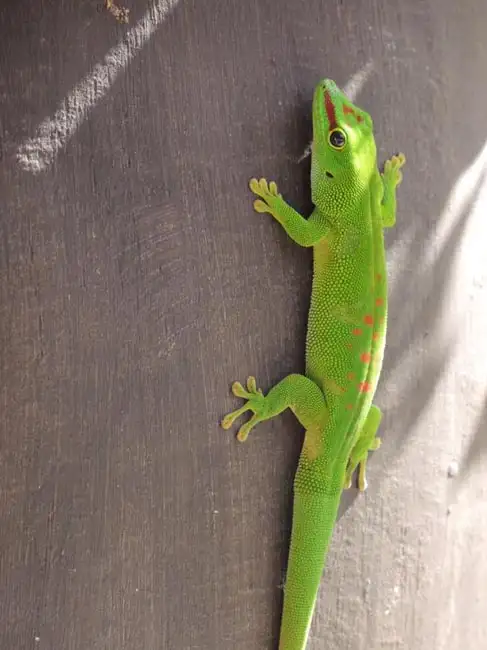
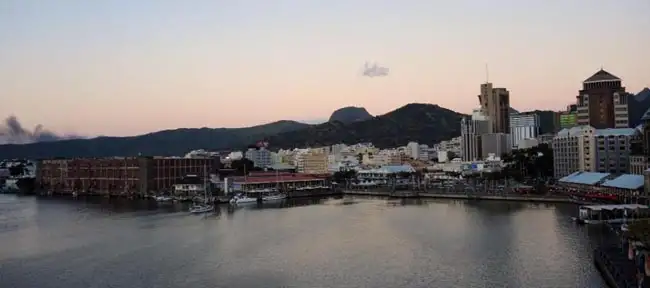
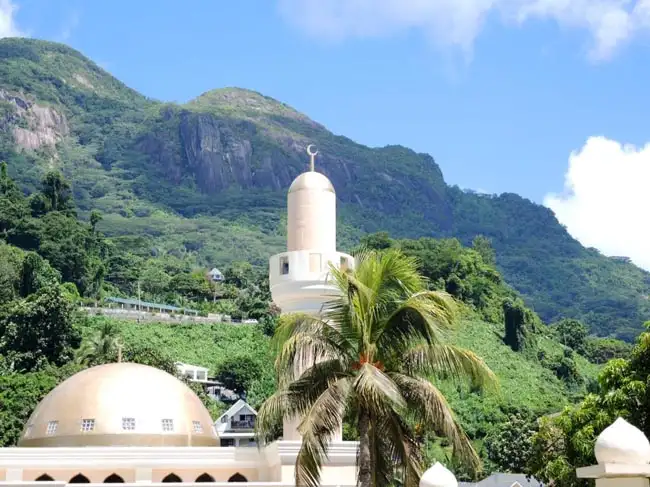
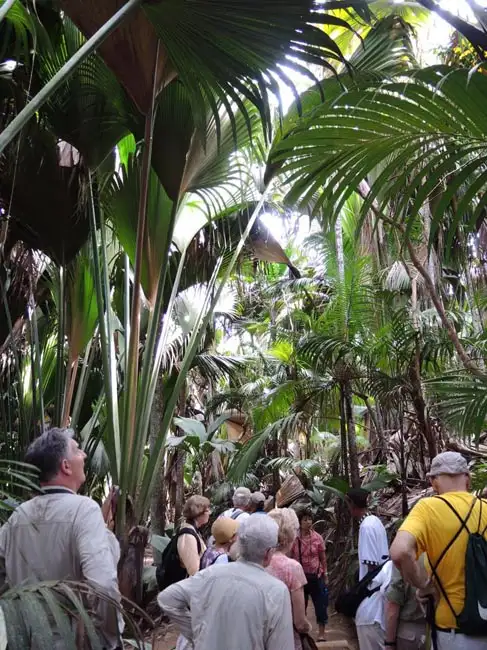
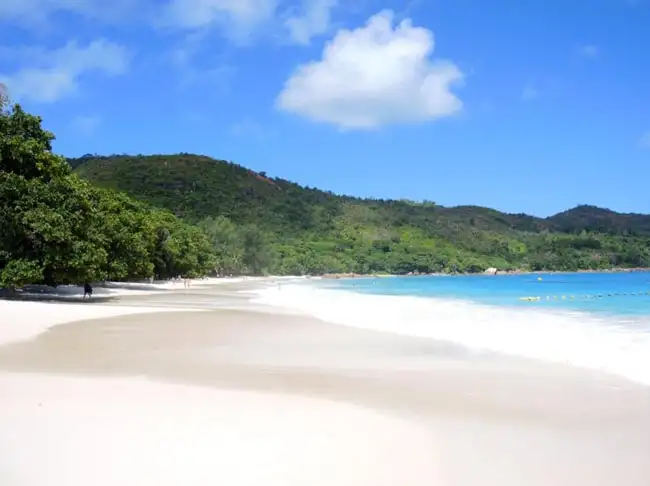
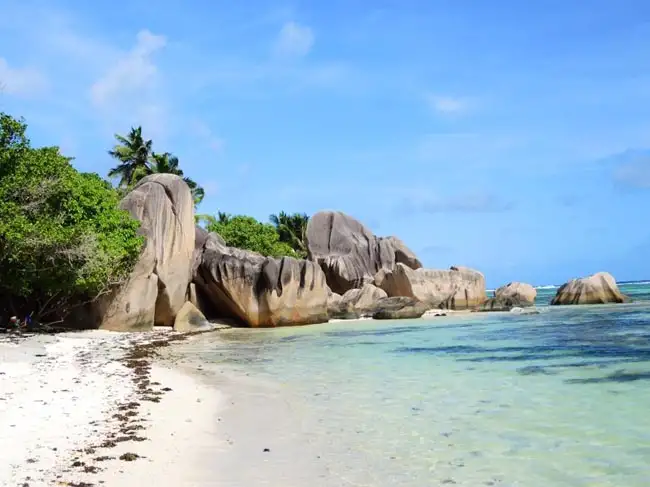
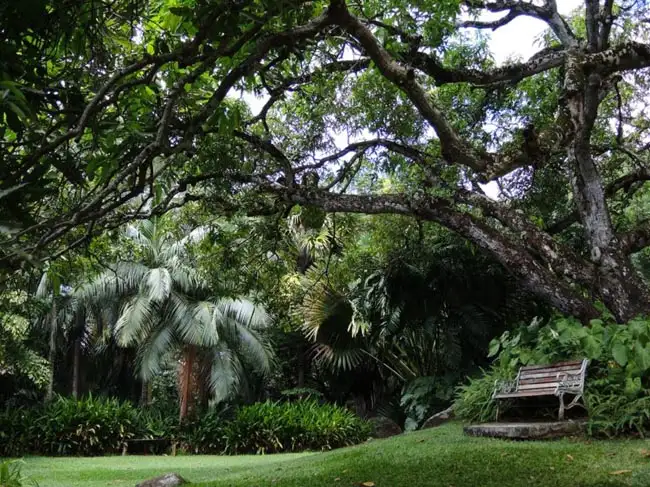
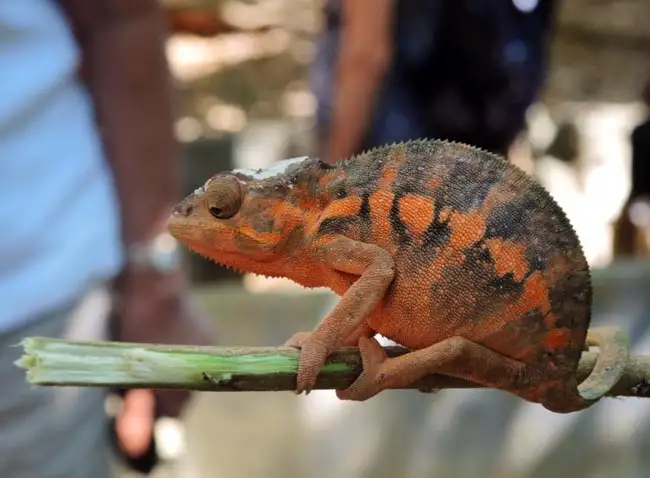
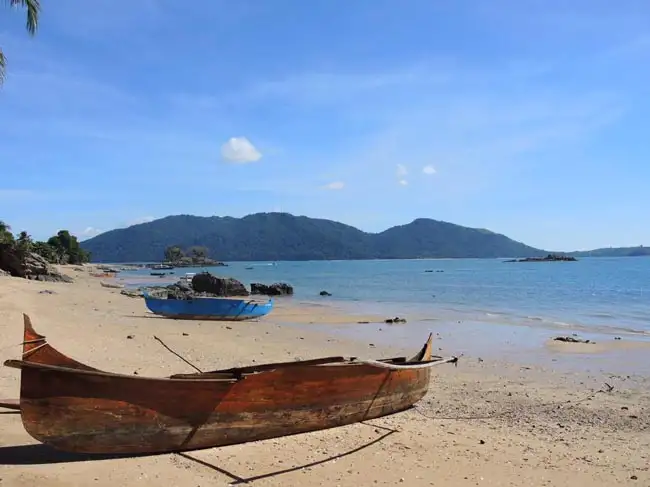
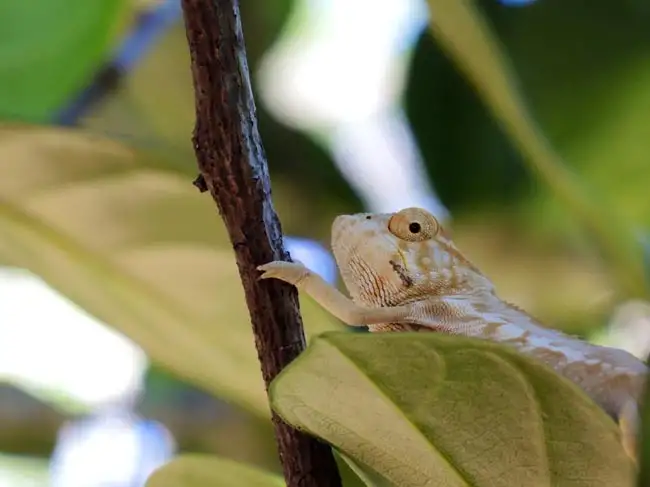
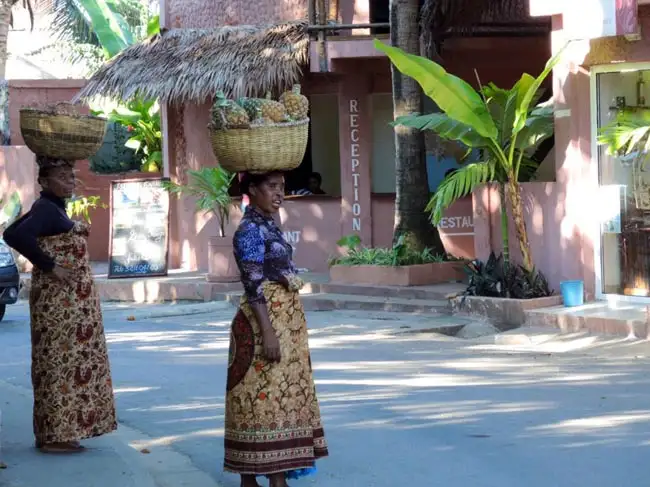
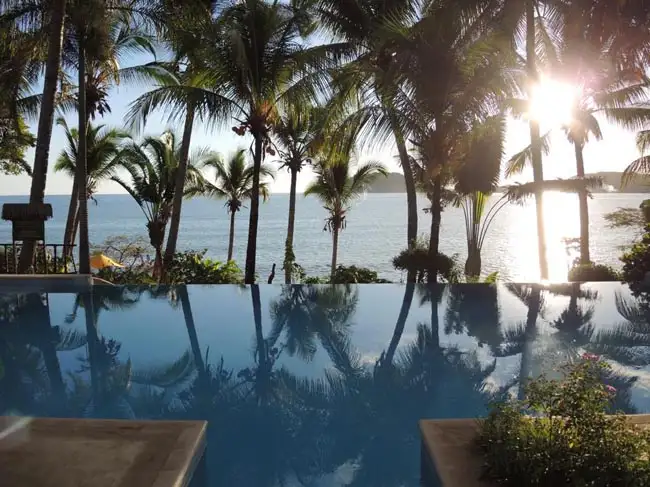
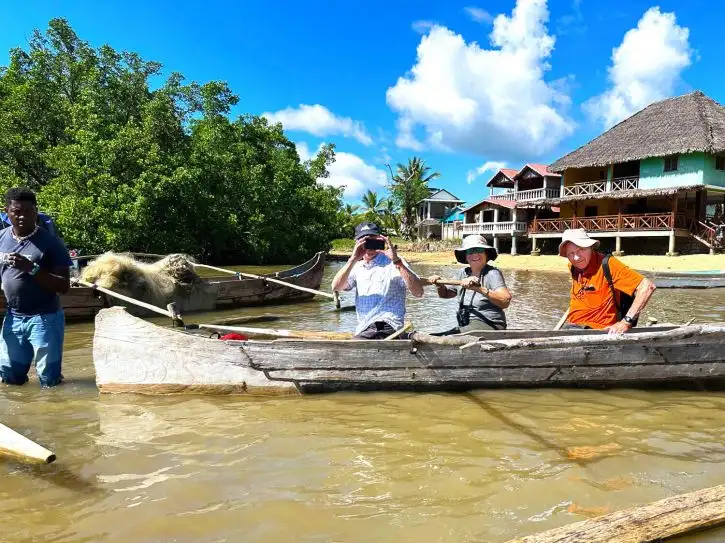
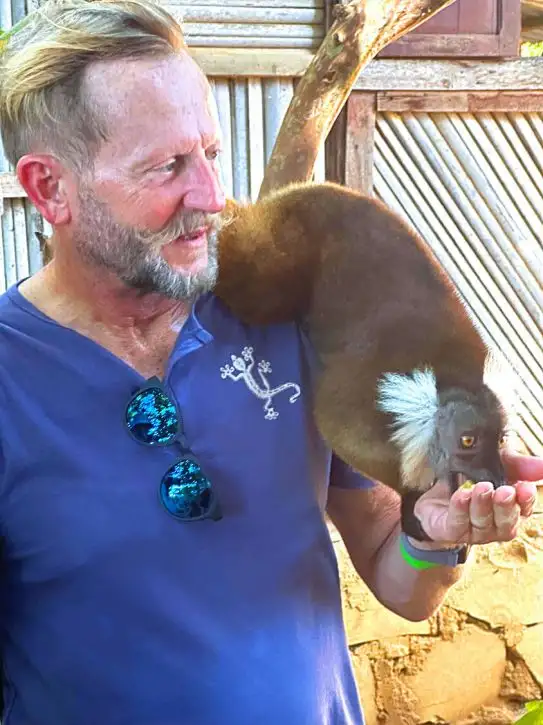
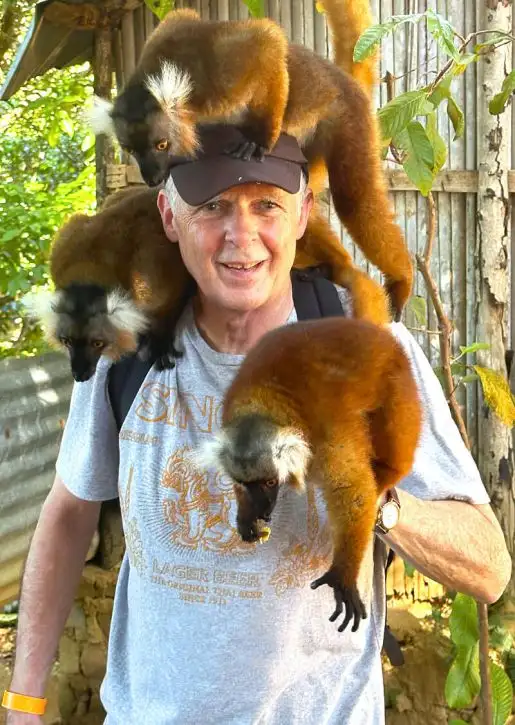
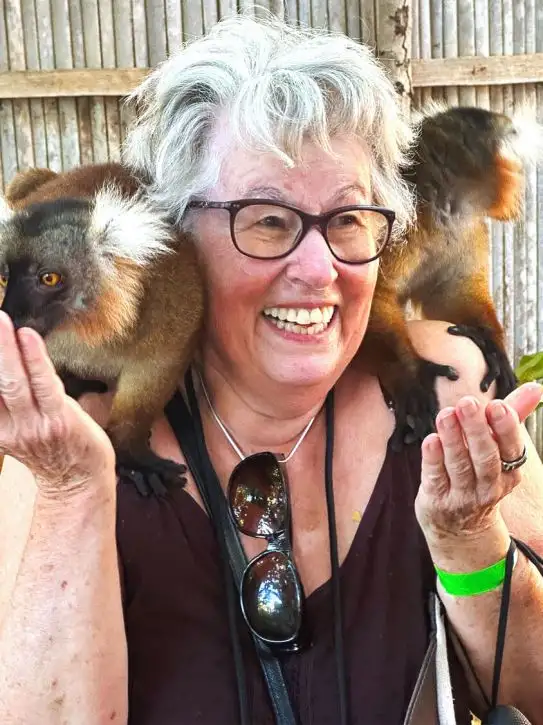
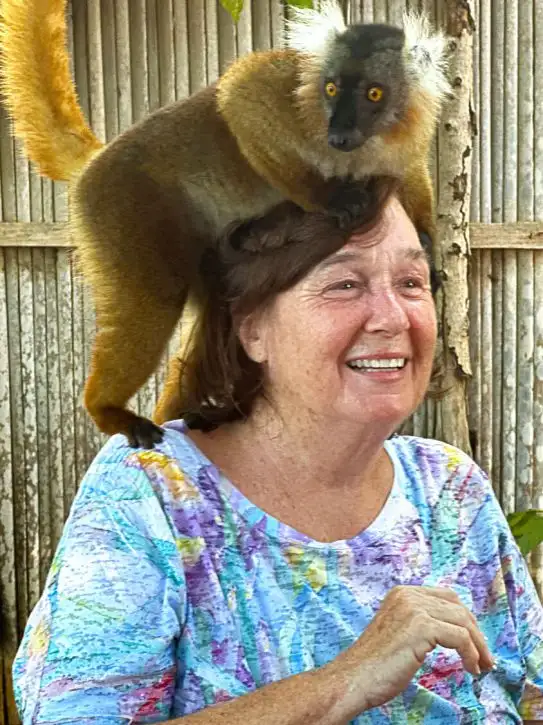
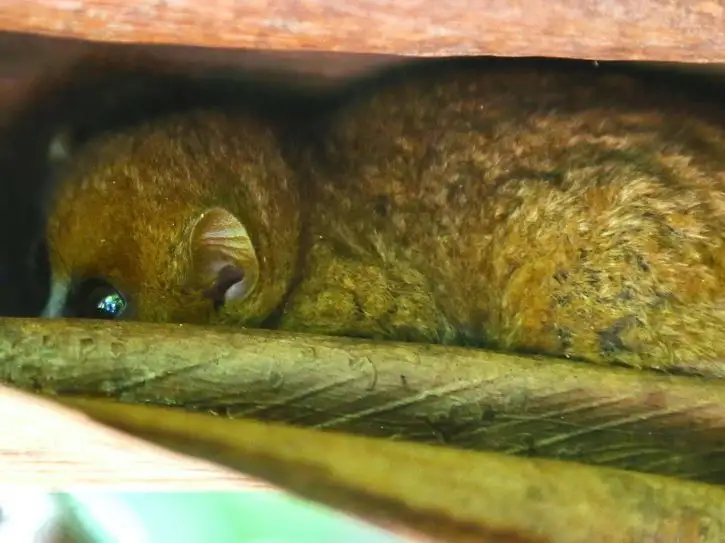
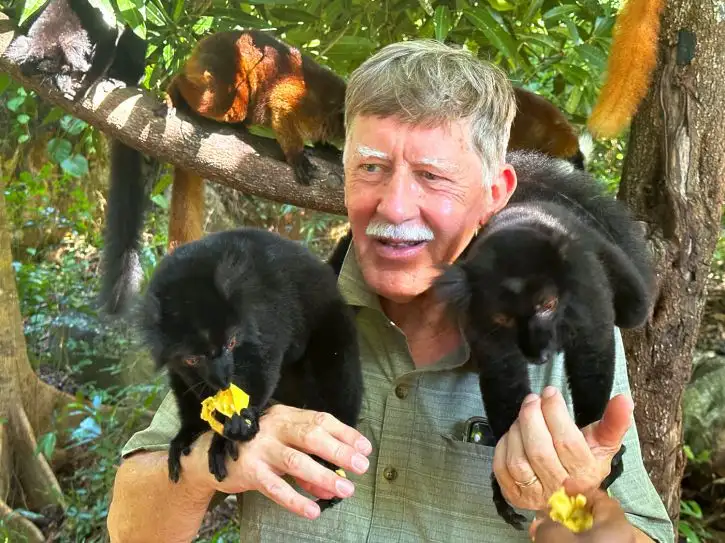
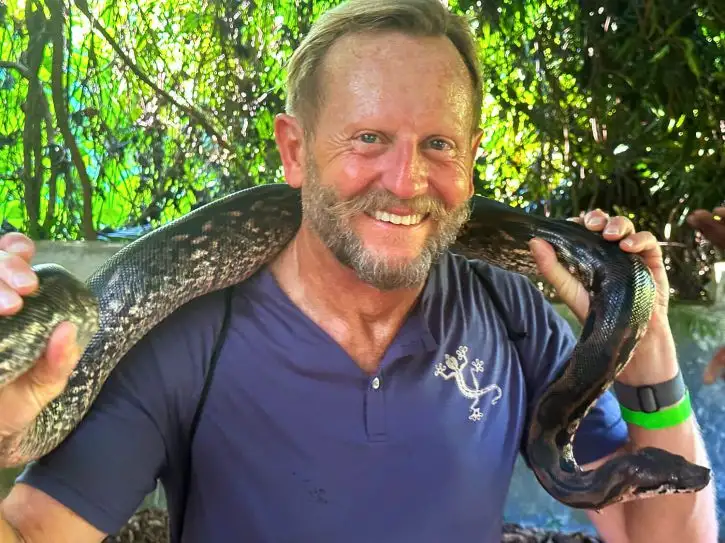
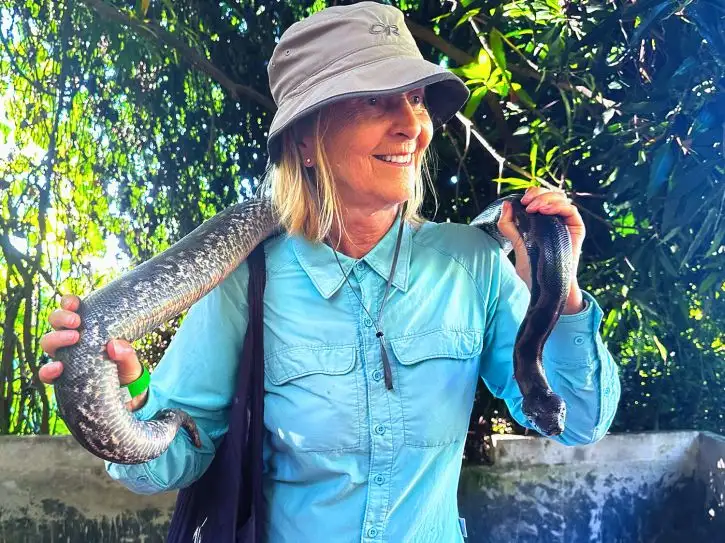
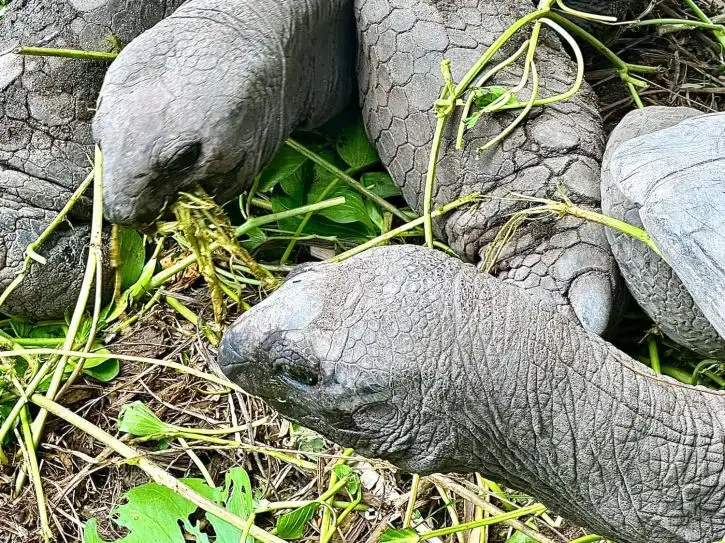
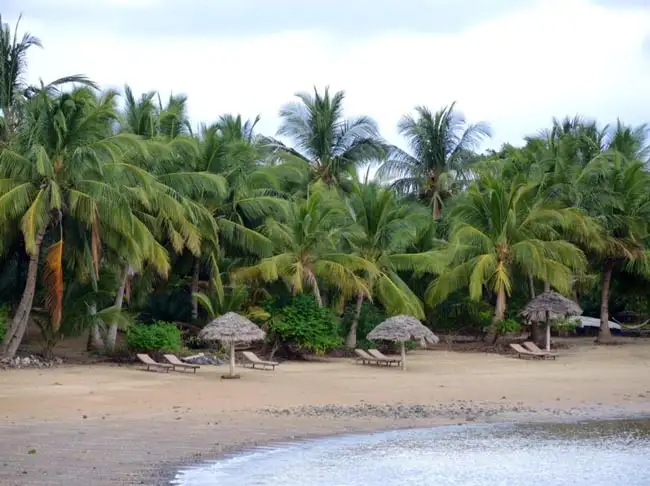
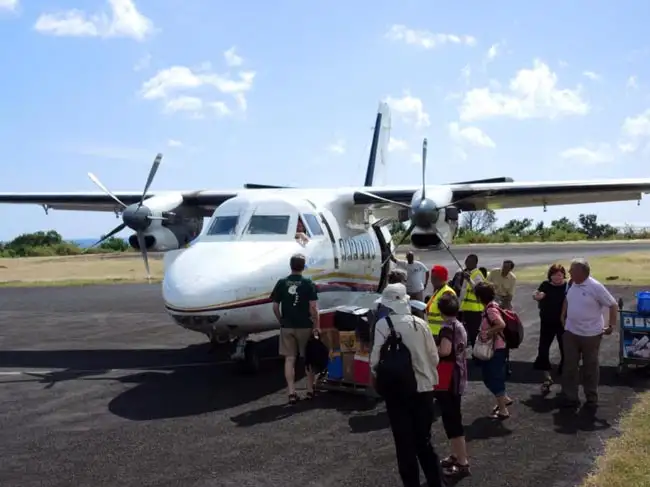
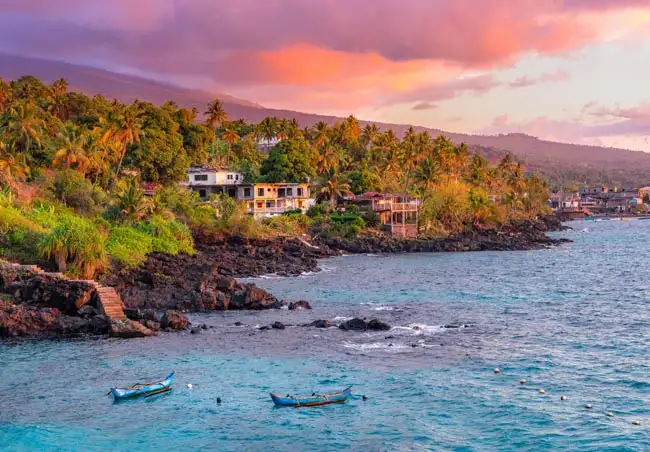
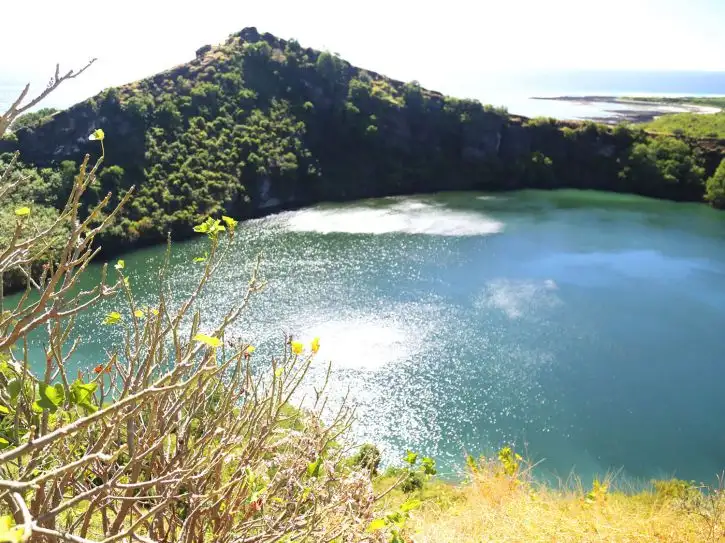
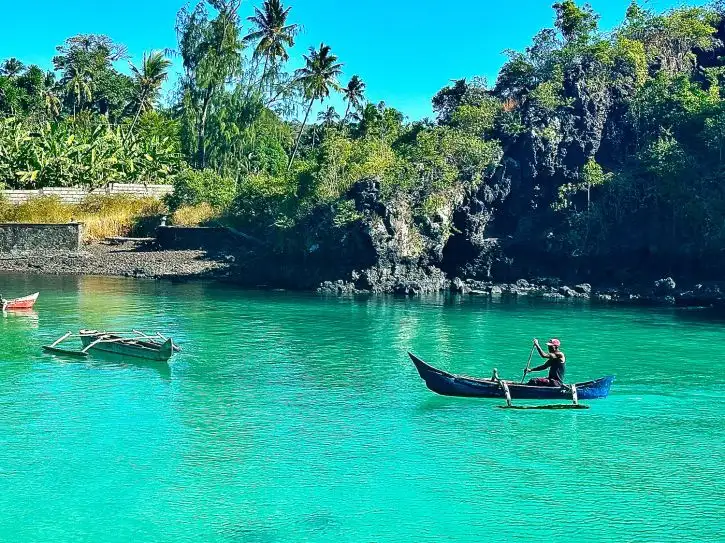
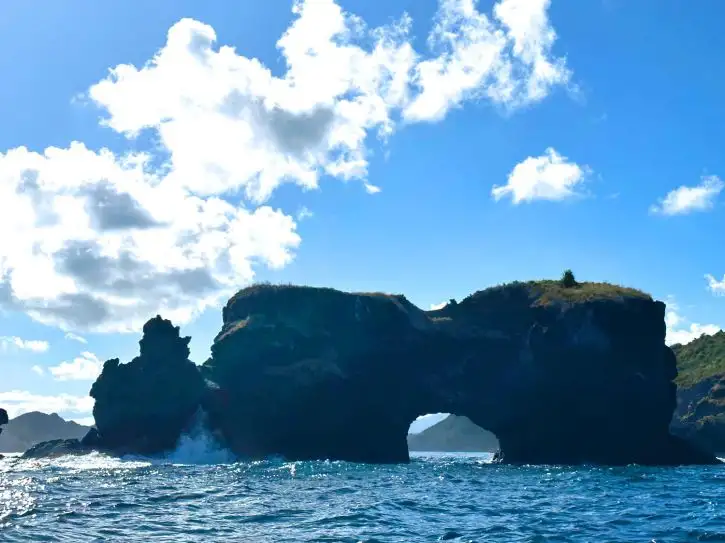
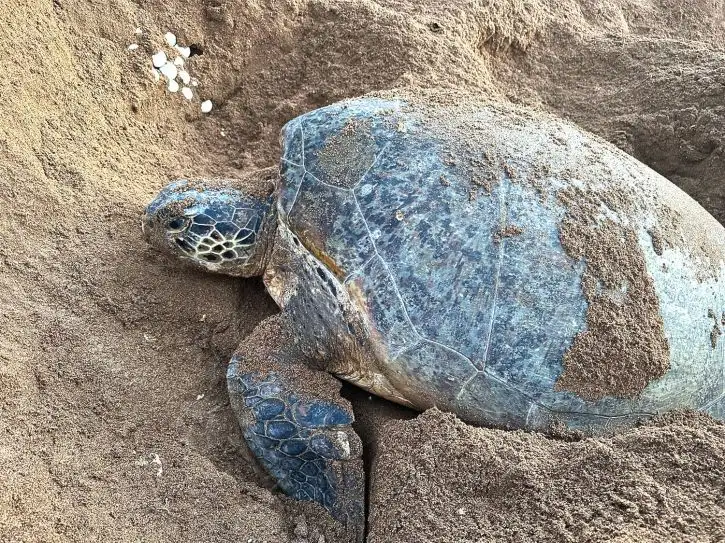
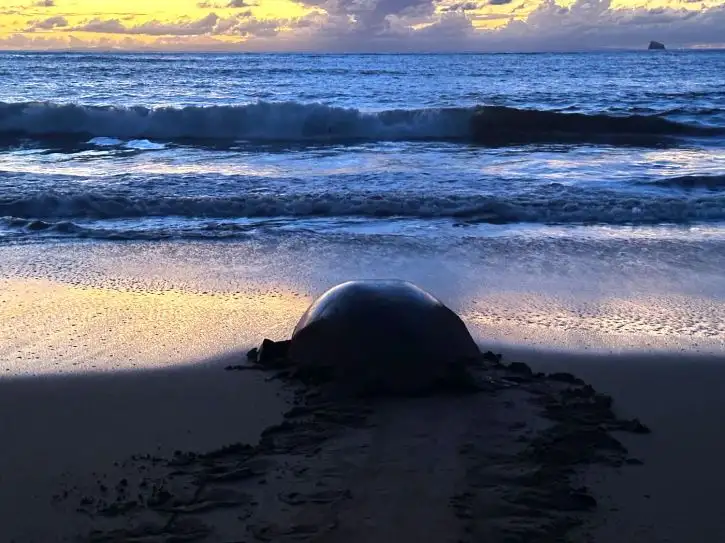
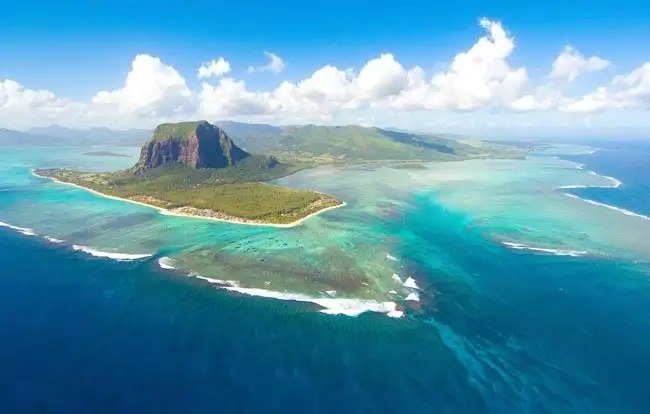
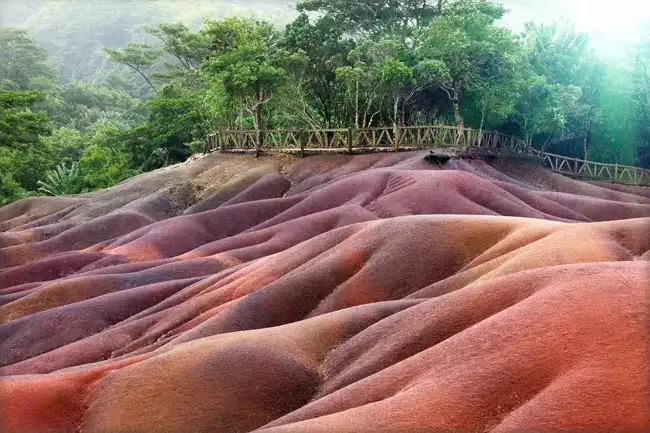
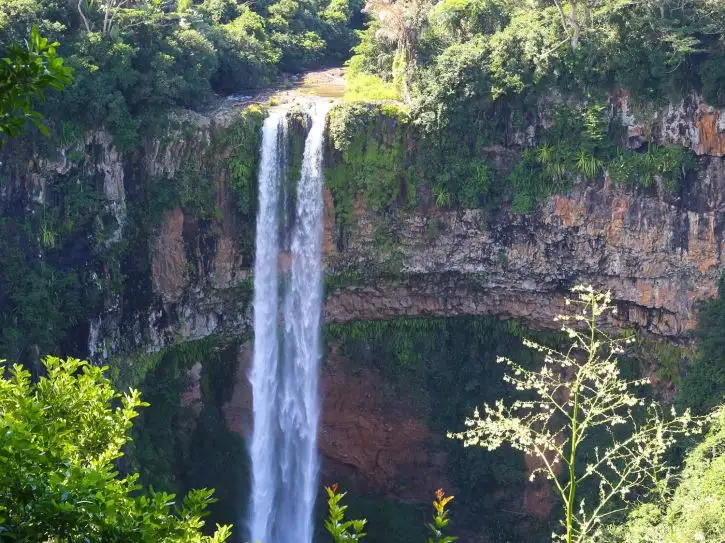
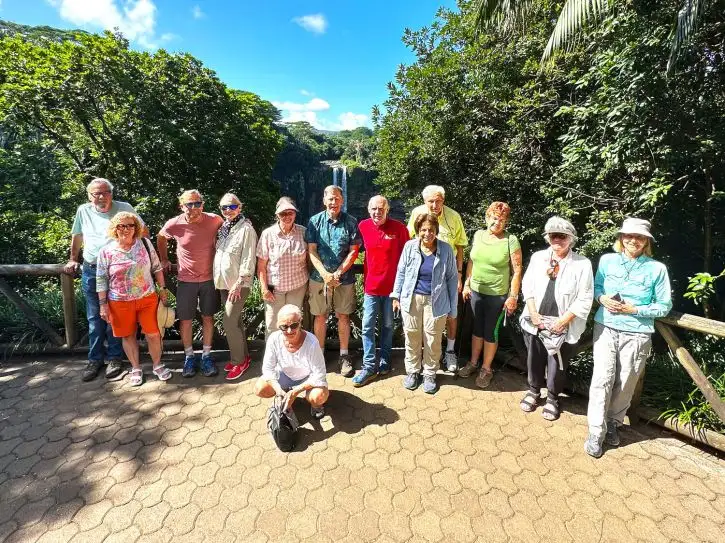
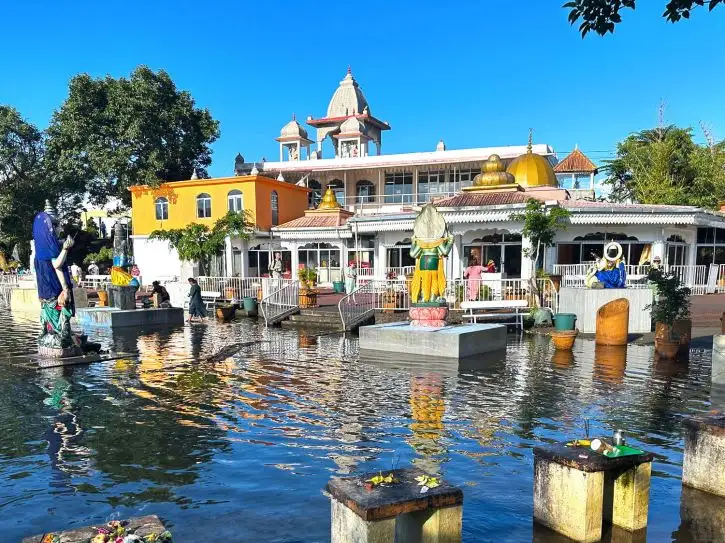
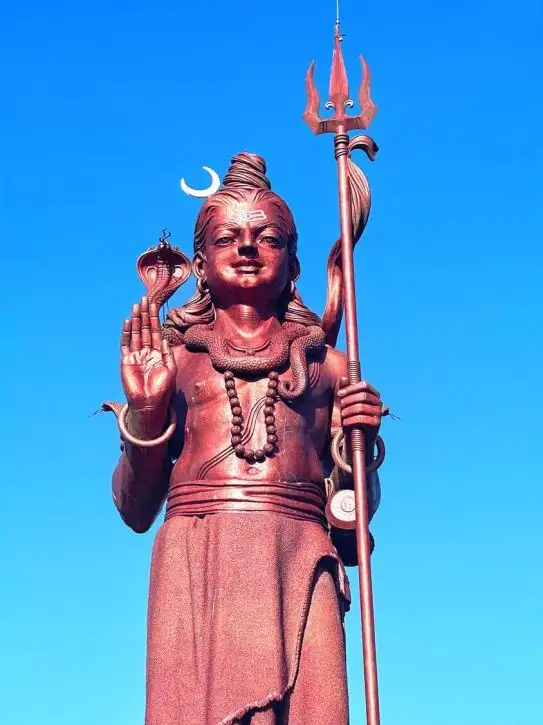
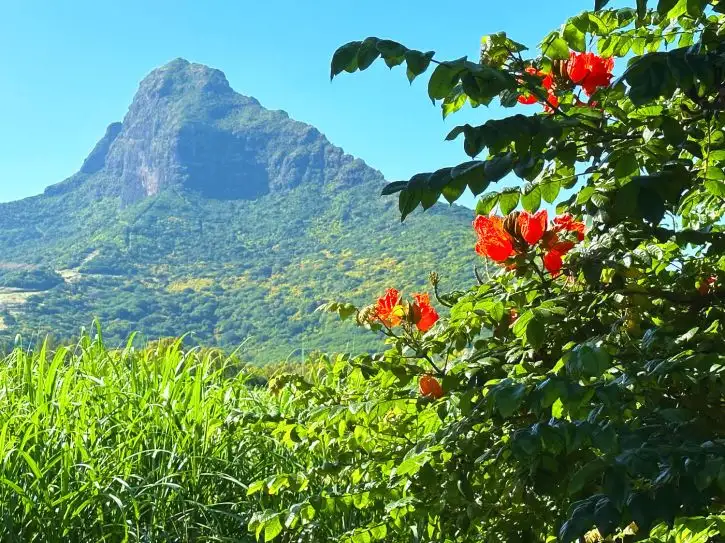
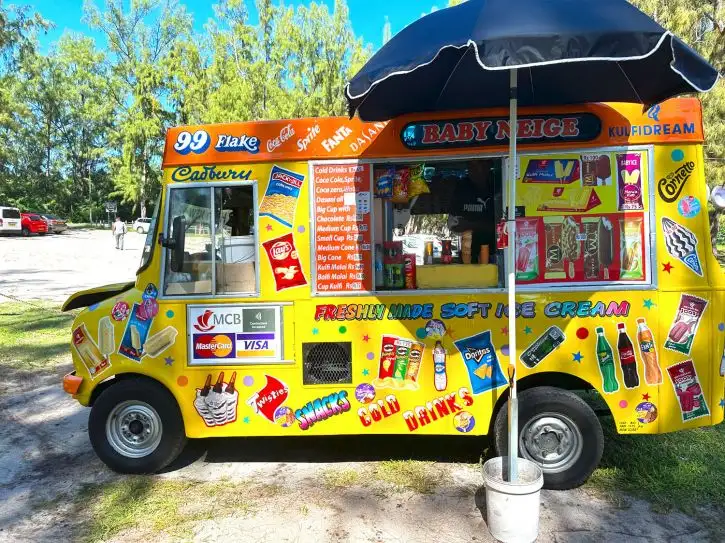
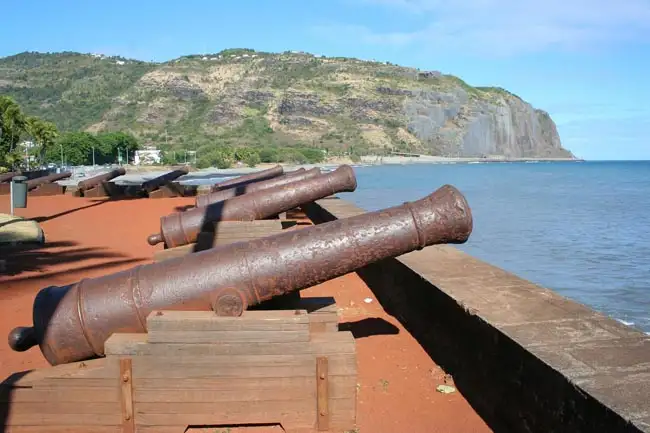
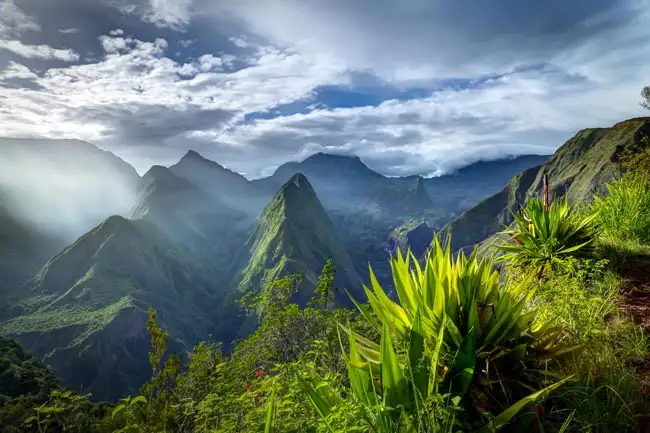
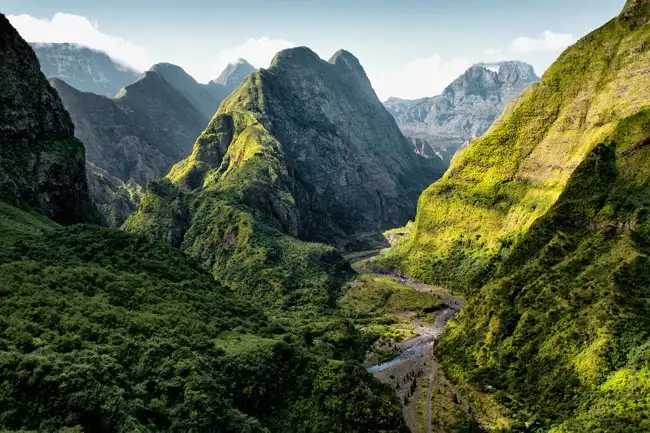
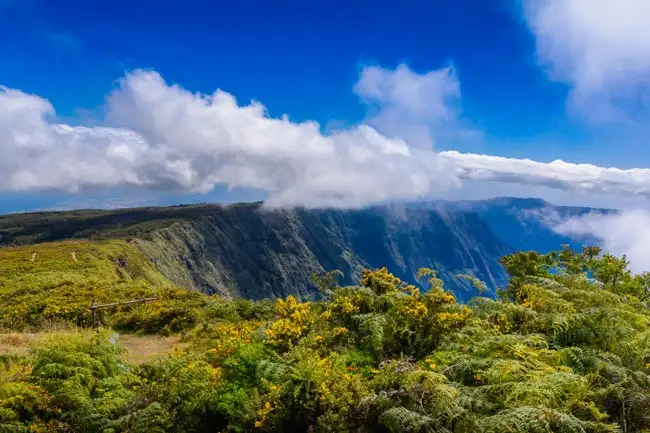
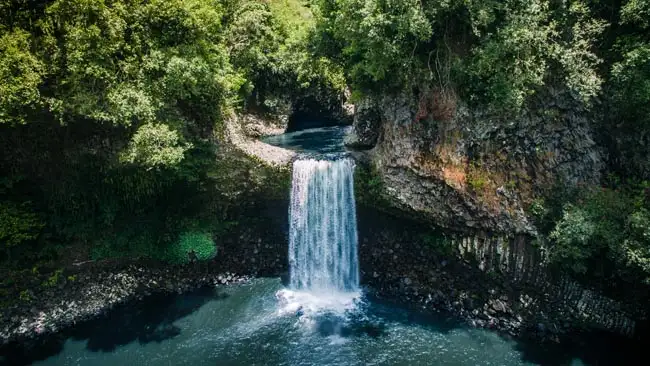
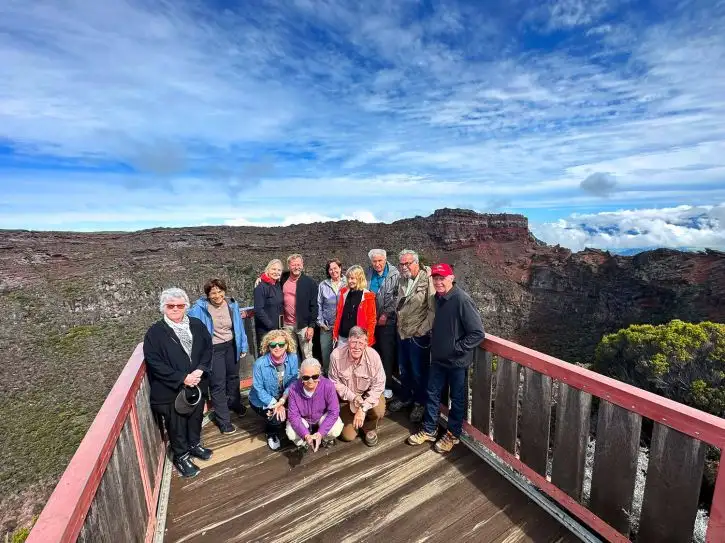
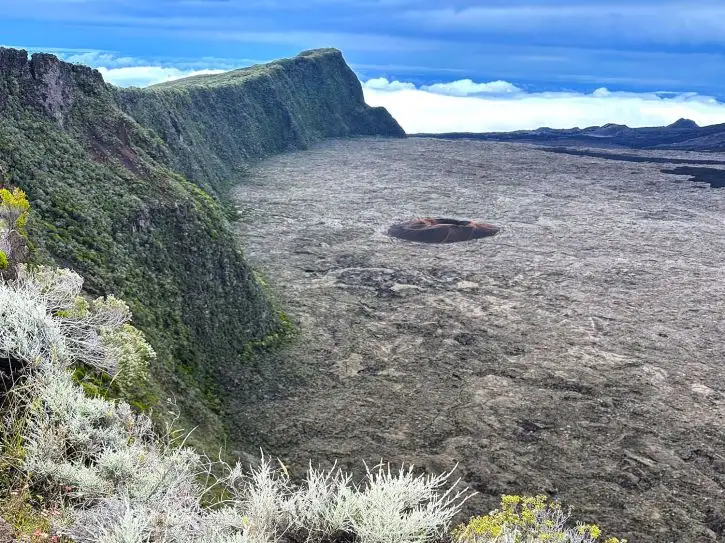
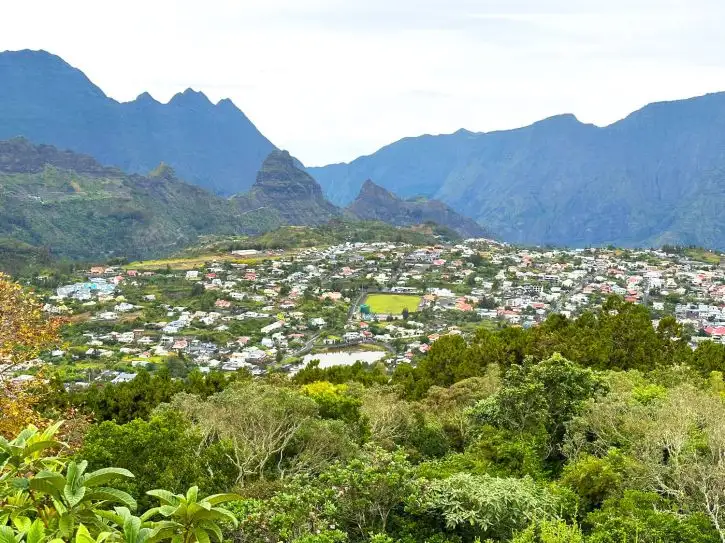
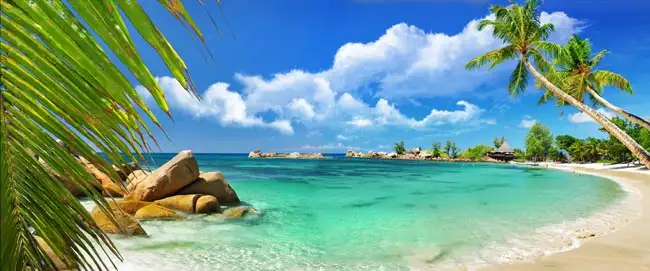
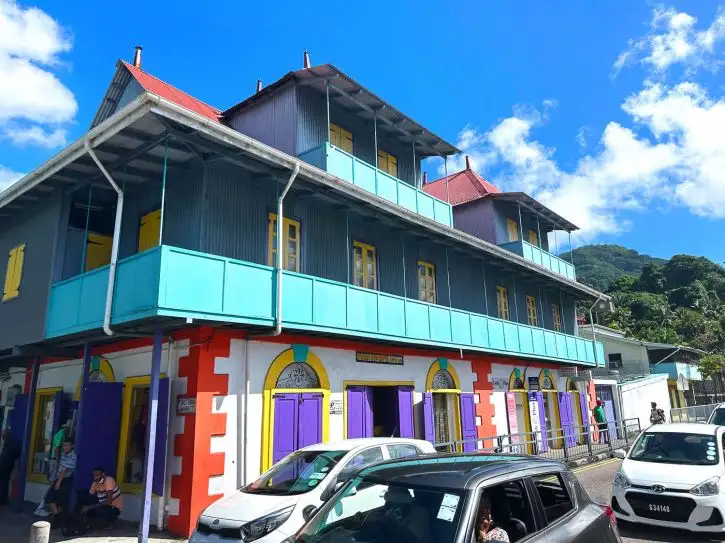
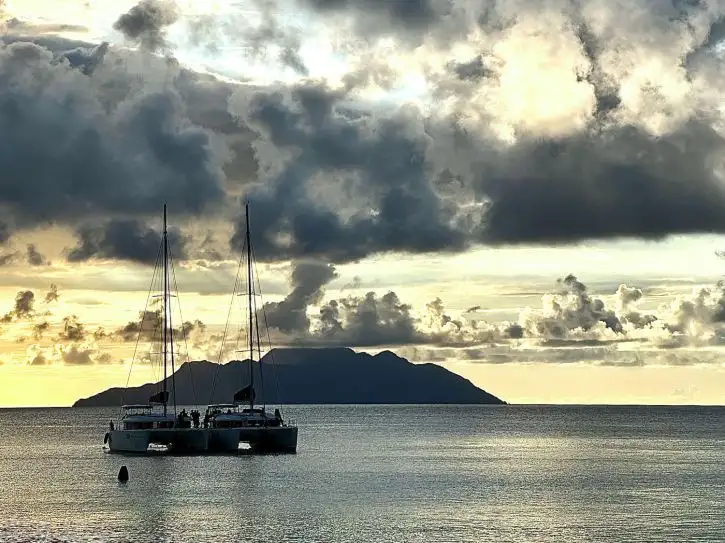
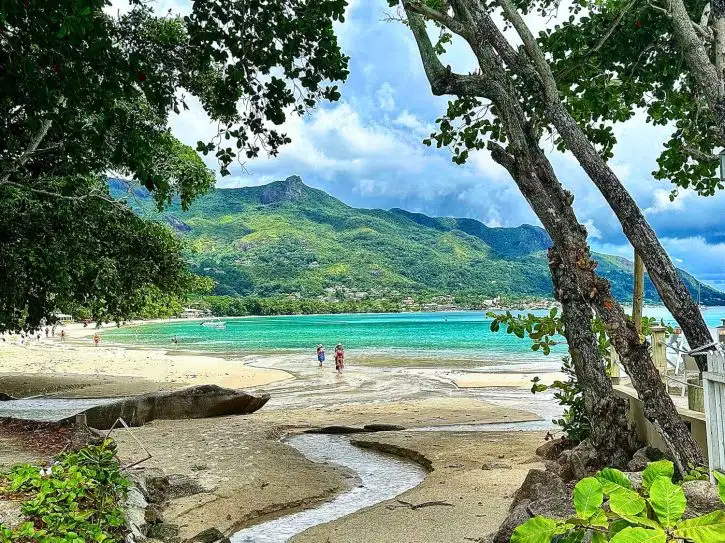
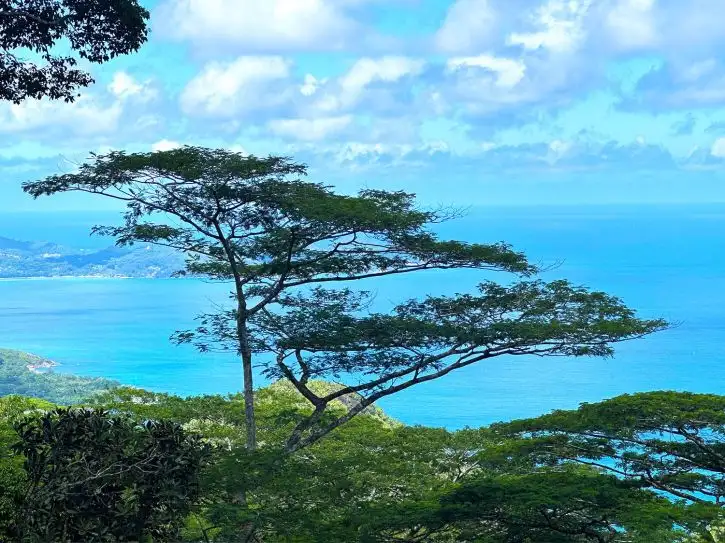
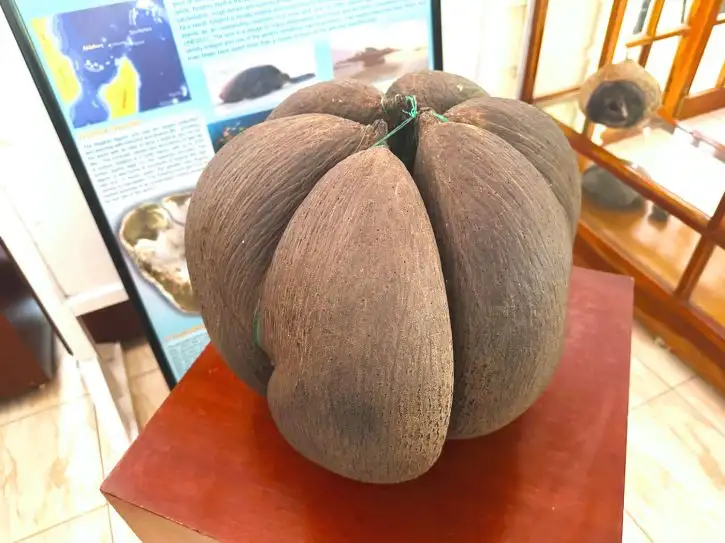
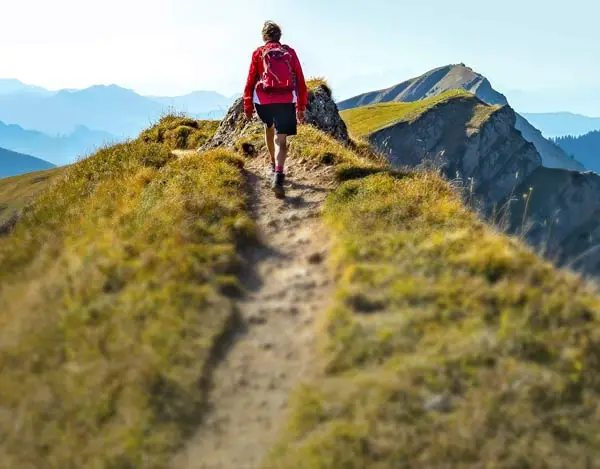
Book This Tour
- Final payment: Due 90 days prior to departure.
- Deposit: A non-refundable $1500 USD Deposit is required at booking.
- Internal Flight Taxes: An extra $580 USD applies for taxes and fees on tour flights. The internal airfares are included, but taxes are listed separately as they may change. Exceptions are noted in Red.
- Optional Single Supplement: $2880 USD (number of singles limited).
(View options forsingle travellers) - Additional $1000 deposit per person required upon 'guarantee' due to nature of internal flights; this amount goes towards your final balance and is not an additional cost. Once paid these payments become 100% non-refundable/non-transferable. If you are booking more than a year out, the dates shown can be considered tentative.
Prices below are per person, twin-sharing costs in US Dollars (USD). Pricing does not include airfare to/from the tour and any applicable taxes.
Tourcode: MCIO
Frequently Asked Questions
- What is the maximum number of participants on a trip?Most of our tours carry a maximum of 18 participants; some tours (ie hiking tours) top out at 16. In the event that we do not achieve our minimum complement by our 90-day deadline, we may offer group members the option of paying a "small-group surcharge" as an alternative to cancellation. If all group members agree, we will confirm the trip at existing numbers; this surcharge is refundable in the event that we ultimately achieve our regular minimum. If the small group surcharge is not accepted, we will offer a refund of your deposit or a different trip of your choice.
- Can I extend my tour either at the beginning or end? What about stopovers?Yes, you can extend your tour either at the beginning or the end and we can book accommodation in our tour hotel. Stopovers are often permitted, depending on air routing. Stopovers usually carry a "stopover" fee levied by the airline.
- How do I make a reservation? How and when do I pay?The easiest way to make a reservation is via our website; during office hours, you are also more than welcome to contact us by telephone.
A non-refundable deposit is payable at the time of booking; if a reservation is made within 90 days, full payment is required. Some trips require a larger deposit. If international airline bookings require a non-refundable payment in order to secure space or the lowest available fare, we will require an increase in deposit equal to the cost of the ticket(s).
Early enrolment is always encouraged as group size is limited and some trips require greater preparation time.
Once we have received your deposit, we will confirm your space and send you a confirmation package containing your trip itinerary, any visa/travel permit related documents, invoice, clothing and equipment recommendations, general information on your destination(s), and forms for you to complete, sign and return to us. Your air e-tickets (if applicable), final hotel list, final trip itinerary, and instructions on how to join your tour, will be sent approximately 2-3 weeks prior to departure. - What about cancellations, refunds, and transfers?Please review our cancellation policy page for details.
- I am a single who prefers my own room. What is a single supplement?All of our tours have a single supplement for those who want to be guaranteed their own room at each location.
This supplement is a reflection of the fact that most hotels around the world do not discount the regular twin-share rate for a room by 50% for only one person occupying a room. Most hotels will give a break on the price, but usually in the range of 25-30% of the twin-share rate. This difference, multiplied by each night, amounts to the single supplement.
The conventional amount can also vary from country to country and some destinations are more expensive than others for single occupancy. In order to be "single friendly," the supplements we apply are not a profit centre for us and we do our best to keep them as reasonable as possible.
On most tours we limit the number of singles available, not to be punitive, but rather because many hotels allow for only a limited number of singles; some smaller hotels at remote locations also have a limited number of single rooms available.
Please note that most single rooms around the world are smaller than twin-share rooms and will likely have only one bed. - Do you have a shared accommodation program?Yes! If you are single traveller and are willing to share, we will do our best to pair you with a same-gender roommate. Please note that should we fail to pair you, we will absorb the single supplement fee and you will default to a single room at no extra charge.
